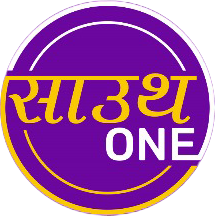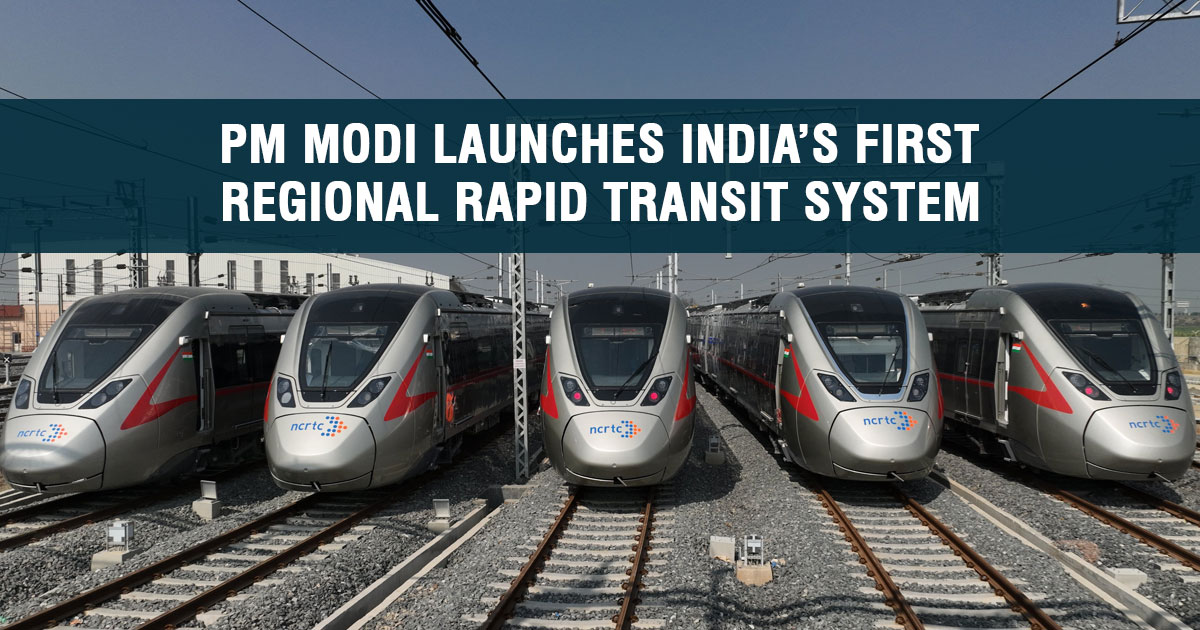The Indian Space Research Organisation or ISRO’s first test flight for its ambitious Gaganyaan mission was launched at 10:00 am today, from its Satish Dhawan Space Centre (SDSC) in Andhra Pradesh’s Sriharikota. The maiden Flight Test Vehicle Abort Mission-1 (TV-D1) to demonstrate the Crew Escape System (CES) performance successfully touched down in the seawater of Bay Bengal.
Test Vehicle D1 mission was scheduled for a lift-off from the first launch pad at 8:00 a.m. which was revised to 8.45 a.m. But just 5 seconds before the launch, the countdown stopped. ISRO then identified the cause and launched at 10:00 a.m.
ISRO's Mission Gaganyaan Successful
— South One (@SouthOneNews) October 21, 2023
> Crew Escape System performed as intended.
> Mission #Gaganyaan gets off on a successful note.
> Launches Gaganyaan's first test flight
> India launches first Test Flight of Human Space Mission #ISRO #Somanath #GaganyaanMission #space… pic.twitter.com/oi8SqyyuZ4
What is Gaganyaan mission?
The Gaganyaan program aims to showcase India’s ability to transport astronauts to the low Earth orbit using an Indian launch vehicle and ensure their safe return to Earth scheduled for 2025, three flights will be sent into orbit, there will be two unmanned flights, and one human spaceflight. The Orbital Module will have three Indian astronauts, including a woman. It will circle Earth at a low-earth orbit at an altitude of 300-400 km from Earth for 5-7 days.
Four astronauts from the Indian Air Force have already been selected for the mission and they have undergone generic space flight training in Russia.
The crew for the Gaganyaan mission will be transported to the designated orbit using an LVM3 rocket (upgraded version of the heavy lift GSLV Mk III rocket). This rocket consists of various stages, including solid, liquid, and cryogenic propulsion systems.
With this launch, India will become the fourth nation in the world to launch a Human Spaceflight Mission after the USA, Russia, and China.
The abort demonstration test serves the purpose of evaluating the effectiveness of the crew escape system of the Gaganyaan mission. This system is designed to ensure the safe return of astronauts in the event of an emergency during the actual crew mission launch, which is slated for 2025.
Mission Gaganyaan:
— ISRO (@isro) October 19, 2023
TV-D1 Test Flight
The test flight can be watched LIVE
from 0730 Hrs. IST
on October 21, 2023
at https://t.co/MX54CwO4IUhttps://t.co/zugXQAYy1y
YouTube: https://t.co/75VtErpm0H
DD National TV@DDNational#Gaganyaan pic.twitter.com/ktomWs2TvN
Purpose of the Test Flight:
Less than two months, after the Chandrayaaan-3 Moon landing, ISRO carried out its first test flight of TV-D1 in a series of tests of systems and procedures, with the aim to ultimately launch an Indian astronaut by 2025.
The successful launch demonstrated the new Test Vehicle (that’s why named TV-D1) this also demonstrated a basic version of the Crew Module.
Crew Module is the capsule in which the astronauts will be seated during the Gaganyaan human space flight. This test also checked the functioning of systems for separating the Crew Module from the rocket, in case of a mid-flight emergency (abort mission) and the escape of astronauts.
The full-fledged test flight of the Crew Module into space, to and froth will be carried out on the human-rated LVM3 rocket in 2024, for the TV-D1 mission ISRO has used a low-cost basic rocket, that it has built specifically to test the systems.
ISRO has put the safety of the crew at the center of the Gaganyaan project and after its persuasion to the Union government, the 2022 deadline set by the Prime Minister on 15th August 2018 was relaxed in order to ensure a safe and successful mission.
The time frame for the Gaganyaan mission is now 2024, it might also extend beyond that if failures are experienced in the development stages.
“We do not want to rush… The primary objective of human space flight is a sure-shot-safe mission. We have re-defined it in such a way that we will achieve success in the very first attempt”, said Dr.Somnath (ISRO Chairman), earlier this year.
“The current schedule is that there will be an unmanned mission at the beginning of next year. This year we will have the abort missions. The manned missions are being talked about for the end of 2024 or early 2025. It depends on various other scenarios,” the chairman said.
Should aim to send first Indian to the Moon by 2024: PM Modi
Earlier this week on October 17, Prime Minister Narendra Modi chaired a high-level meeting to assess the progress of India’s Gaganyaan Mission, in New Delhi.
Gaganyaan Mission is India’s first manned mission to space, which is scheduled for 2025.
PM Modi, in the meeting also directed ISRO to set up an indigenous space station by 2035 and land an Indian on the moon by 2040.
“Building on the success of the Indian space initiatives, including the recent Chandrayaan-3 and Aditya L-1 mission, the Prime Minister said that India should now aim for new and ambitious goals, including setting up a “Bharatiya Antariksha Station” (Indian Space Station) by 2035 and sending the first Indian to the moon by 2040,” said a statement from the Prime Minister’s Office.
The International Space Station the largest space station developed and maintained by the U.S., Russia, Canada, Japan, and European agencies is expected to be decommissioned by 2030.







